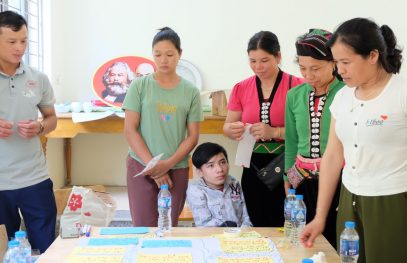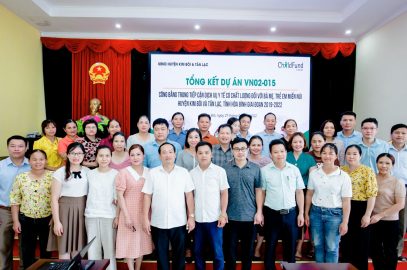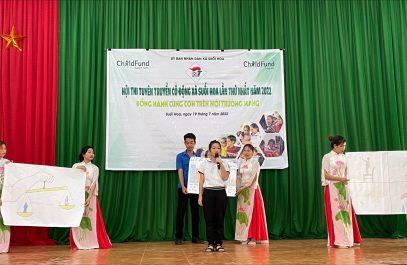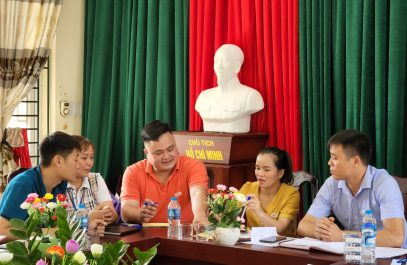Each project may have different reporting requirements. However, overall, a good project report should meet several important criteria as follows.
Appropriate, clear and concise presentation. Ideally, a report outline, with specific headings and requirements, should be developed and agreed upon among stakeholders right from the project design stage, so that people responsible for reporting could apply consistently.
Any statement made should be accurate and sufficient evidence, either quantitatively or qualitatively, should be given to support those statements. For example, if a statement made in the report says “The project has successfully organized the training course and has raised awareness for 30 parents/caregivers on child protection”, then evidence on an increased percentage of people who have accurate knowledge about child protection, based on comparison of pre and post-training assessment results, should be given.
Comprehensive and logical analysis of issues and challenges during project implementation and actions taken. For example, if the report raises an issue of “The project is behind schedule”, it should explain why the project was delayed, what activities were delayed, what was the cause, and how it affected the progress towards achieving project goals and outcomes, what measures have been taken and what are the results.


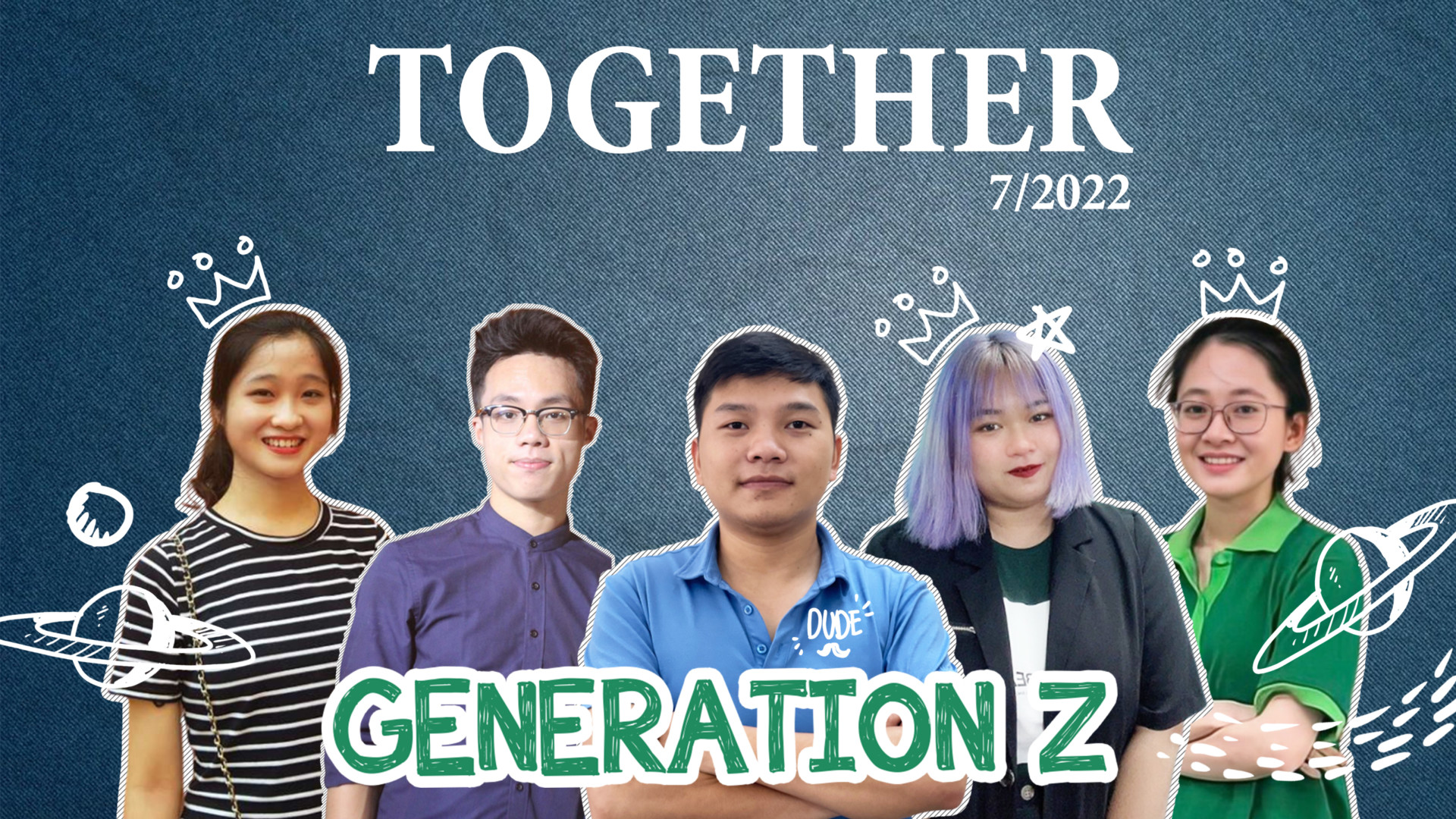

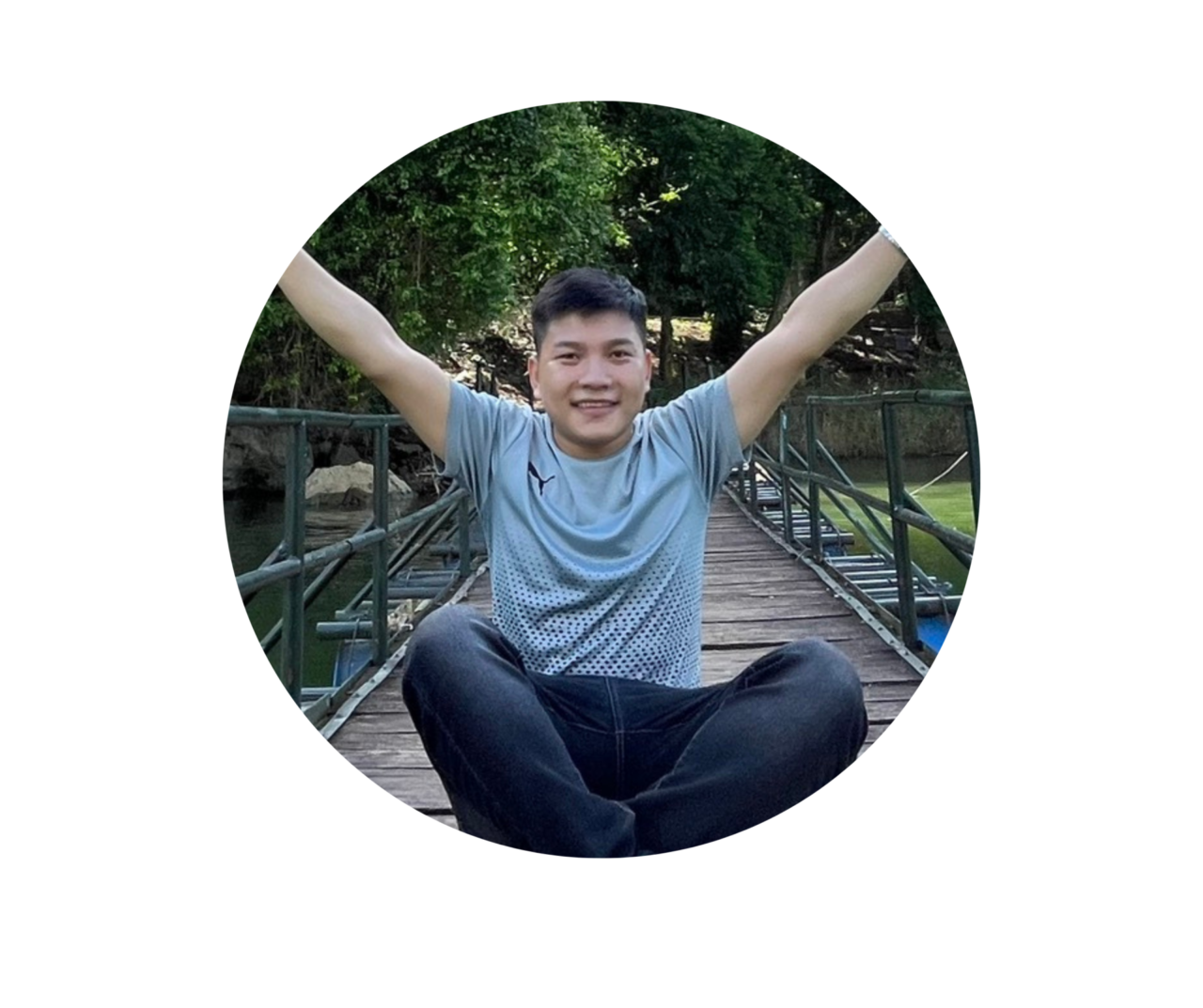
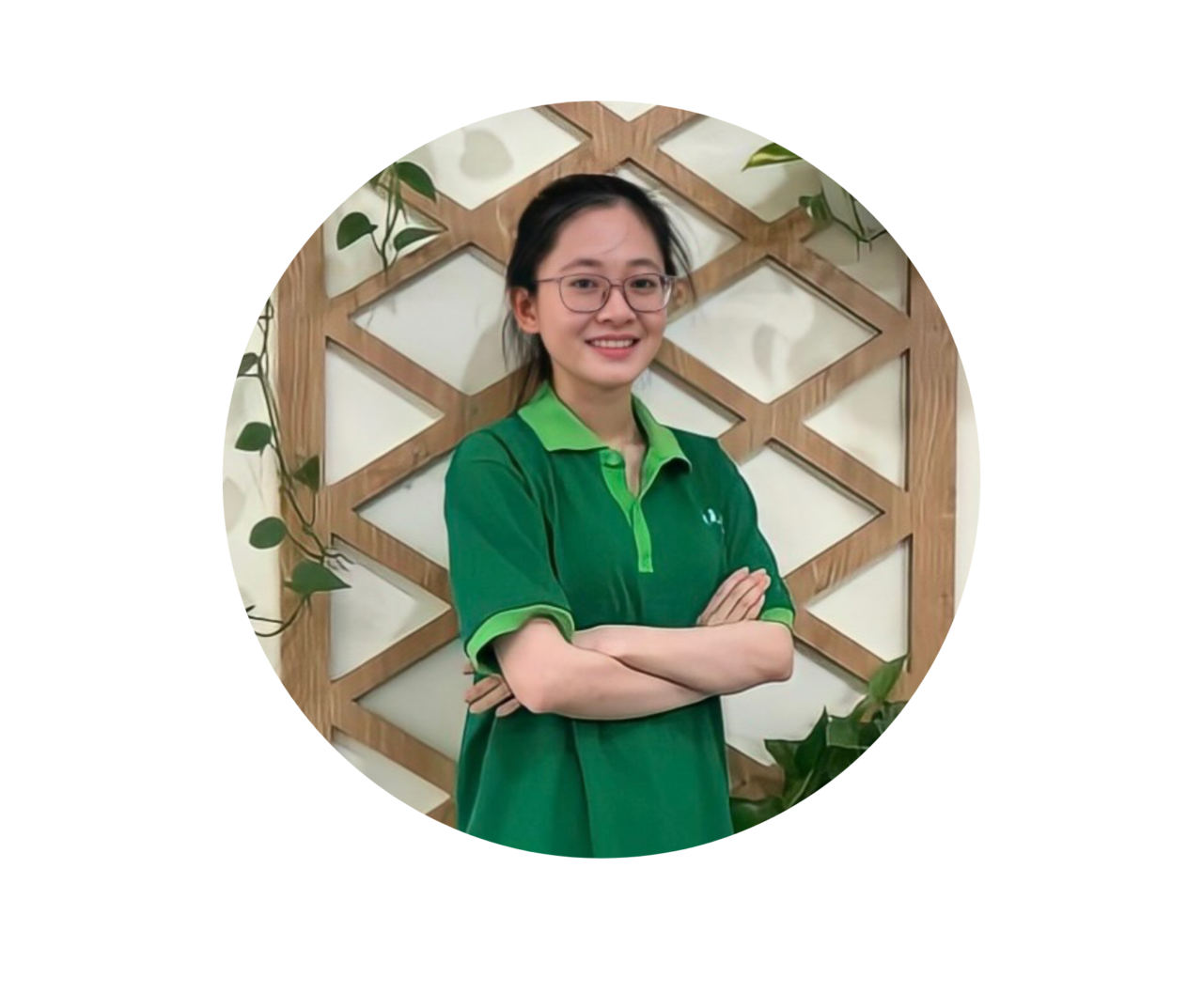



 I was admitted when Covid started to break out, thus completing the necessary procedures before onboarding was such a difficult task for me. I had to delay the start date of work and use all means to have enough documents to complete the application. Looking back, it was quite hard but it worked out in the end.
I was admitted when Covid started to break out, thus completing the necessary procedures before onboarding was such a difficult task for me. I had to delay the start date of work and use all means to have enough documents to complete the application. Looking back, it was quite hard but it worked out in the end. 
